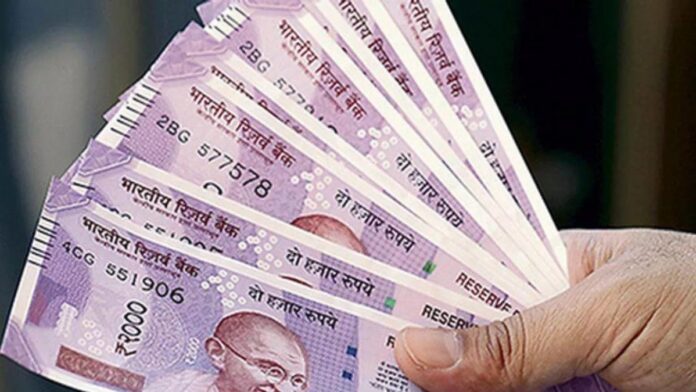FD Interest rate: If you are thinking of investing in FD then this news is useful for you. If you are looking for a better FD interest rate so that you can get maximum returns. So in such a situation, let us tell you that by getting a bank FD, you not only get benefits but also have these five major disadvantages. Let us know in the news below-
FD Rate: ‘Investment’ is such a word that only one name comes to mind after hearing it and that is FD, i.e. Fixed Deposit. Usually people invest money in it, but they have no idea about the loss caused by it. Today we are going to tell you about five major disadvantages of FD investment.
1. Tax has to be paid on interest
You cannot get the interest received on FD directly credited to your account. Tax is charged in full on the interest received. When you file your ITR, the interest received from FD is counted as income and the government collects tax from you on it.
2. Tax on TDS
TDS is also levied on the interest received from FD. Banks deduct this from the interest earned at the end of each year. However, the depositor has the option to opt out of TDS and pay all the interest on maturity. Form 26AS is linked to the depositor’s PAN card and shows all the TDS deductions made for the FD.
| Tax condition | Tax rate |
| When the interest from all FDs in a given bank is less than Rs 10,000 | Nothing |
| When interest profit exceeds Rs 10,000 | 10% |
| When the FD holder does not provide his PAN card data | 20% |
| When the total income of the FD holder and his earnings from all sources does not exceed Rs 2,50,000 in a year | Nothing |
Note that if the annual income of the FD depositor does not exceed Rs 2.5 lakh, no TDS will be deducted from the FD interest. To ensure that the bank is aware of your low income, submit Form 15G and Form 15H to the concerned bank branch.
3. Low interest rates
Whereas FD can offer you a maximum interest rate of 10%. Sometimes not even that much interest is earned, whereas other investment avenues including mutual funds offer returns which can be more than 20% or 30%. But one problem with Mutual Funds (MF) is that they are associated with high risk, those who have the ability to take more risk can earn more profits by investing in Mutual Funds.
4. Interest rates may be lower than inflation
Sometimes the inflation rate can be higher than the interest rate on FD. Not only this, if you withdraw your amount from the bank before the stipulated limit, then not even a single penny is given to you by the bank more than the deposited amount.
5. No increase in interest rates
In FD, you get uniform interest throughout the tenure, that is, the bank does not give you a single rupee more than the percentage promised.
FDs were earlier only good for short term savings, but now they have longer durations. Whereas it cannot be counted for tax-free option. But investment in PPF comes out of the tax net.


